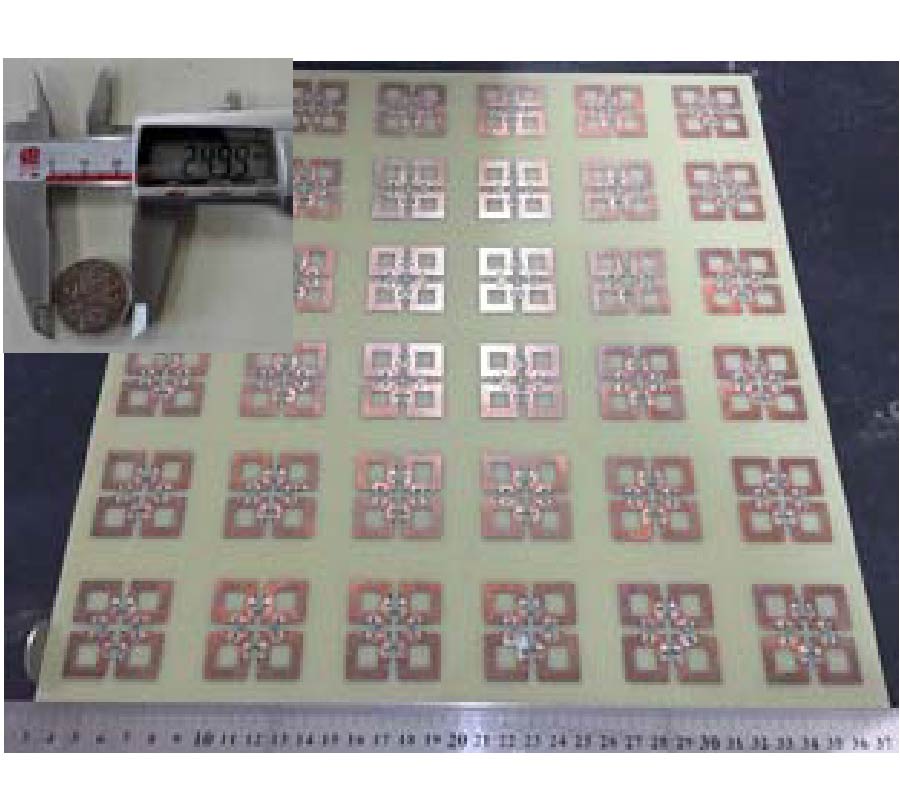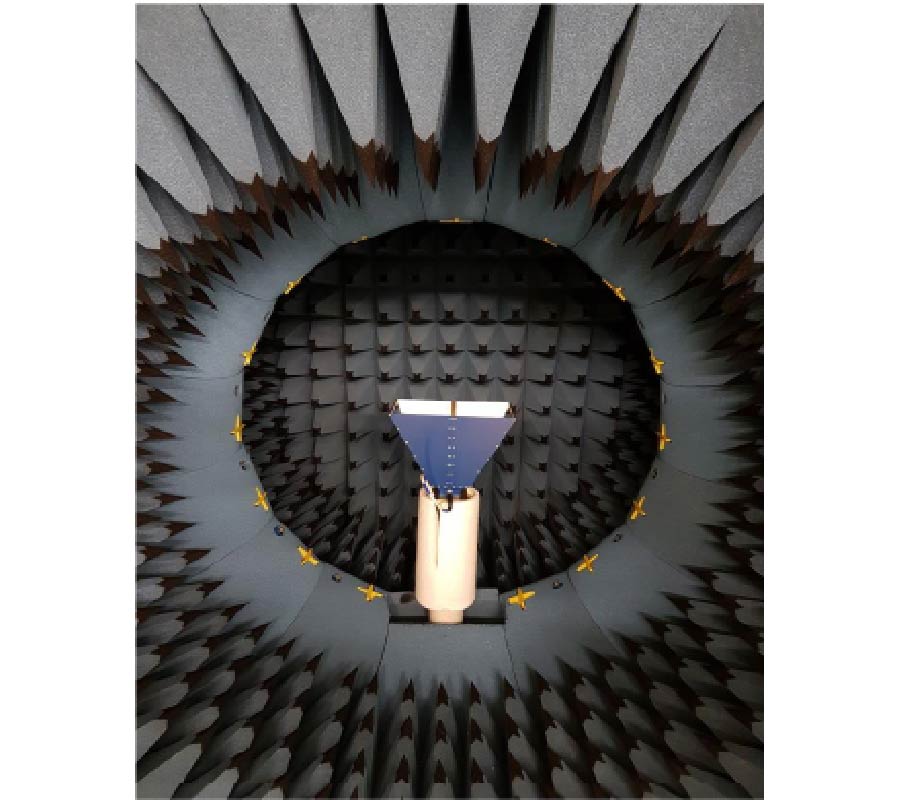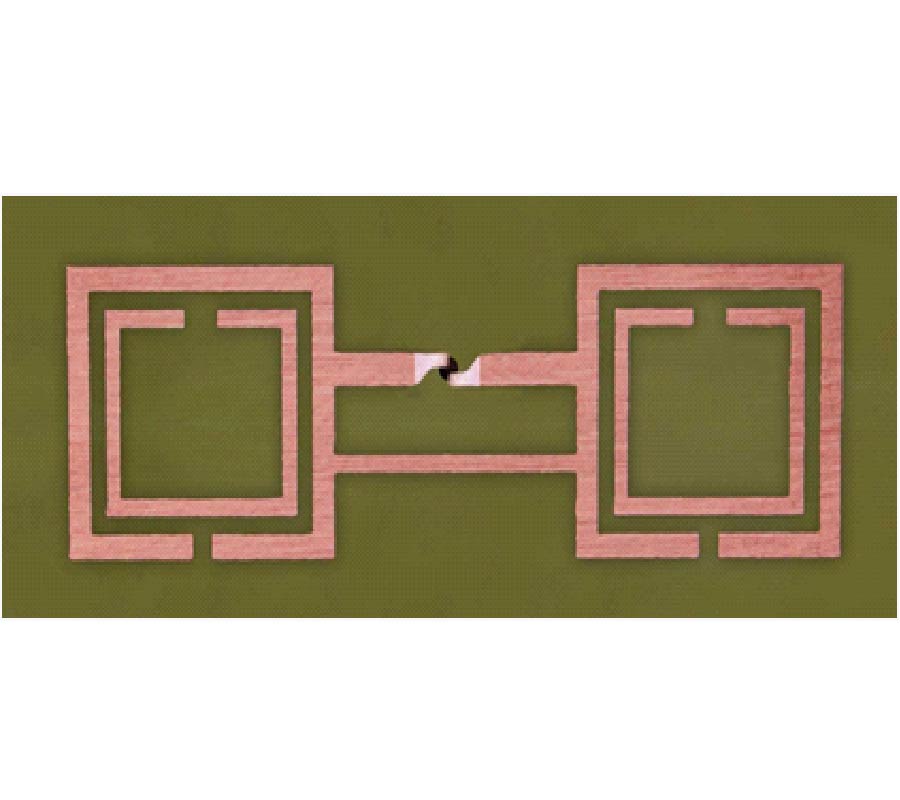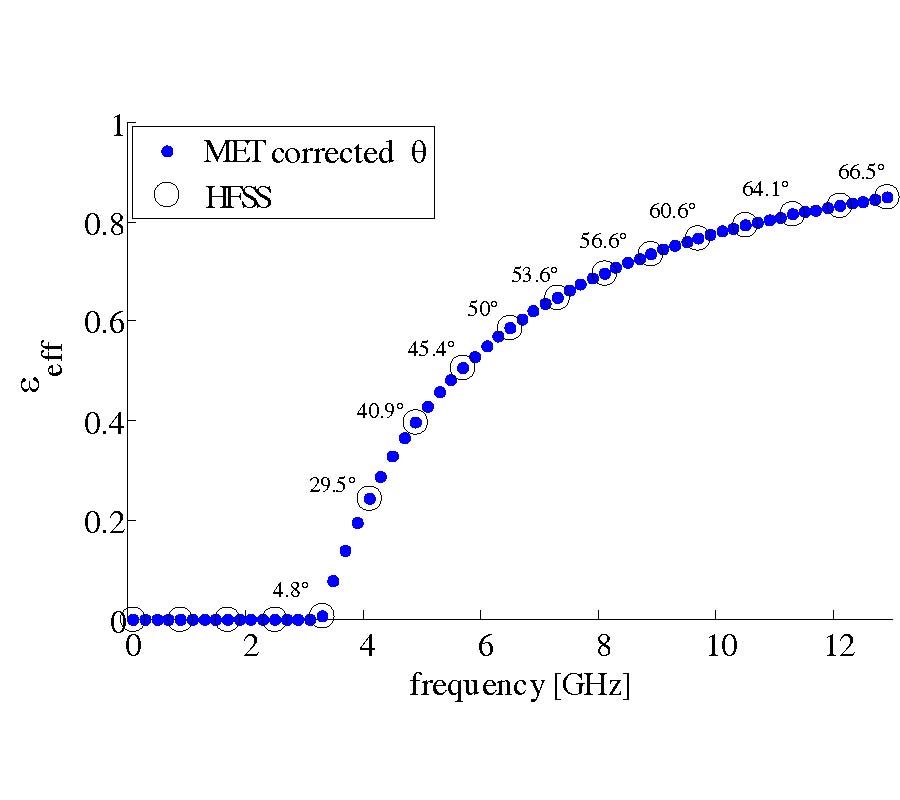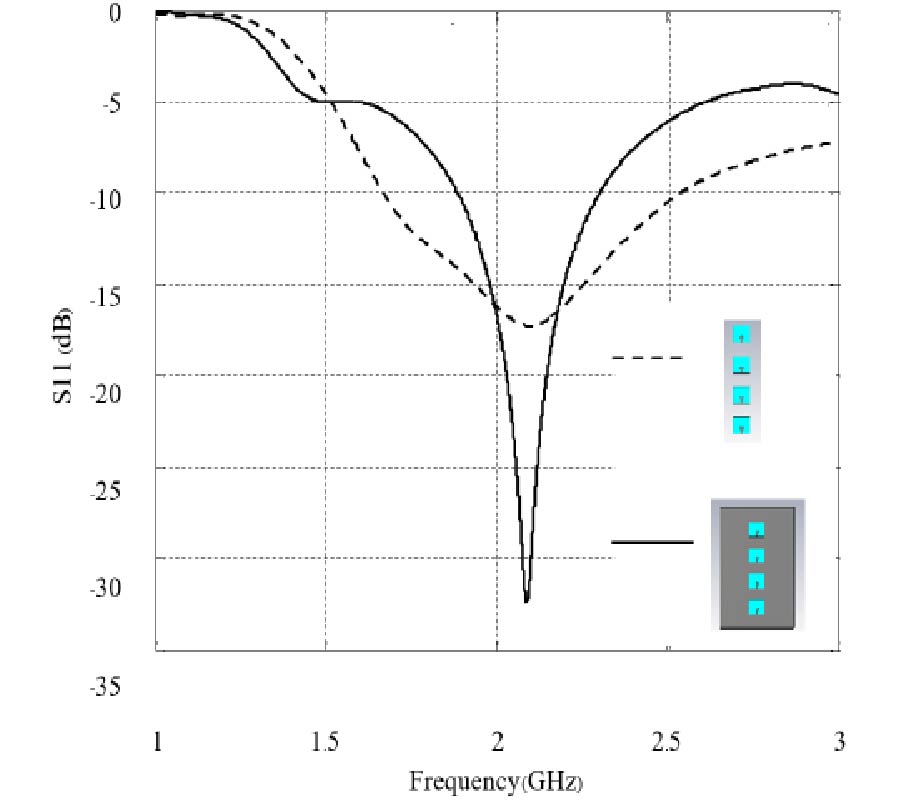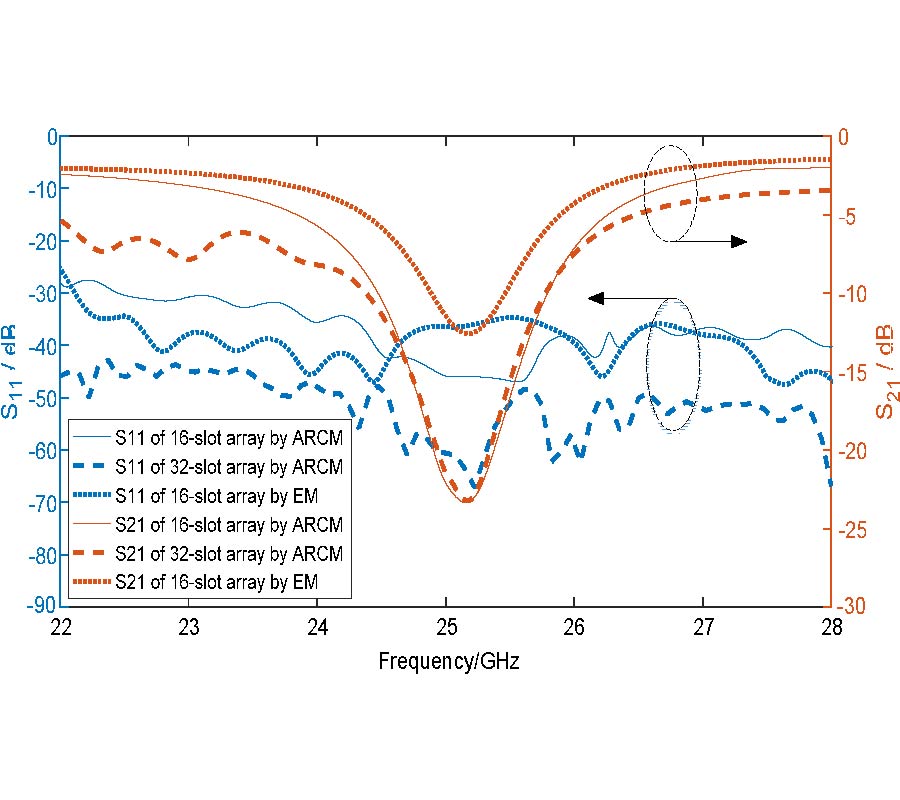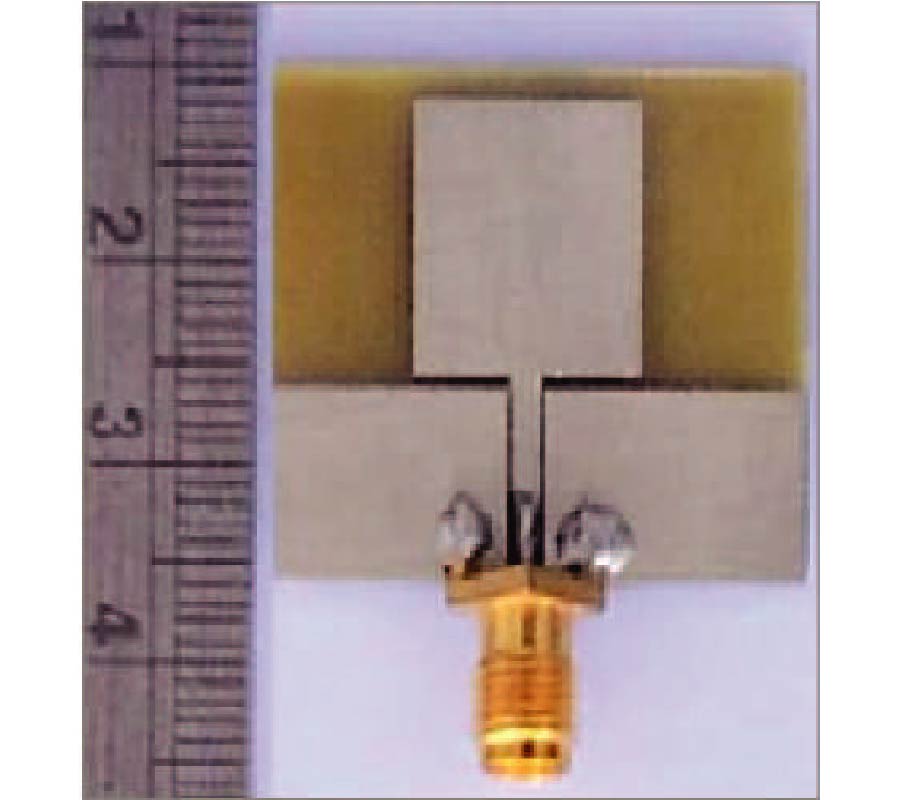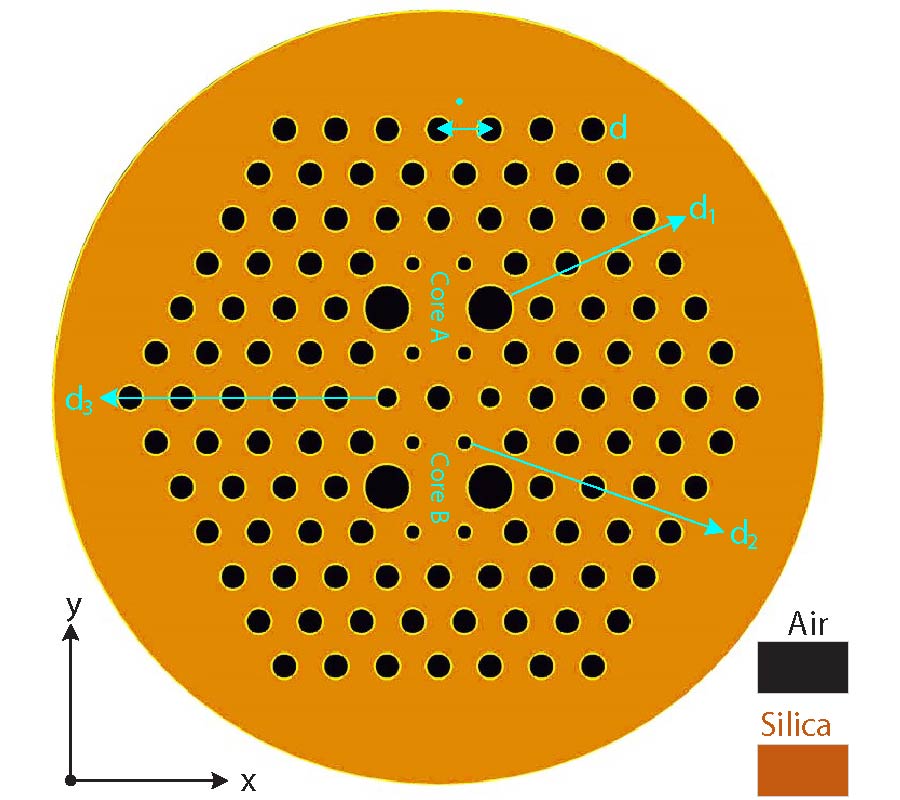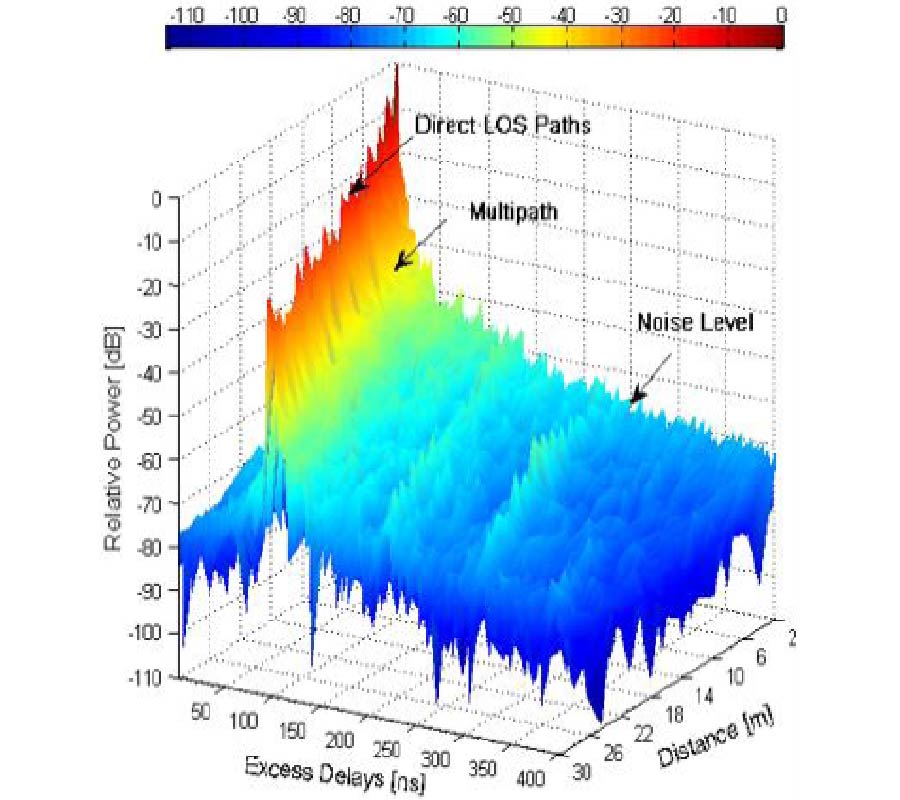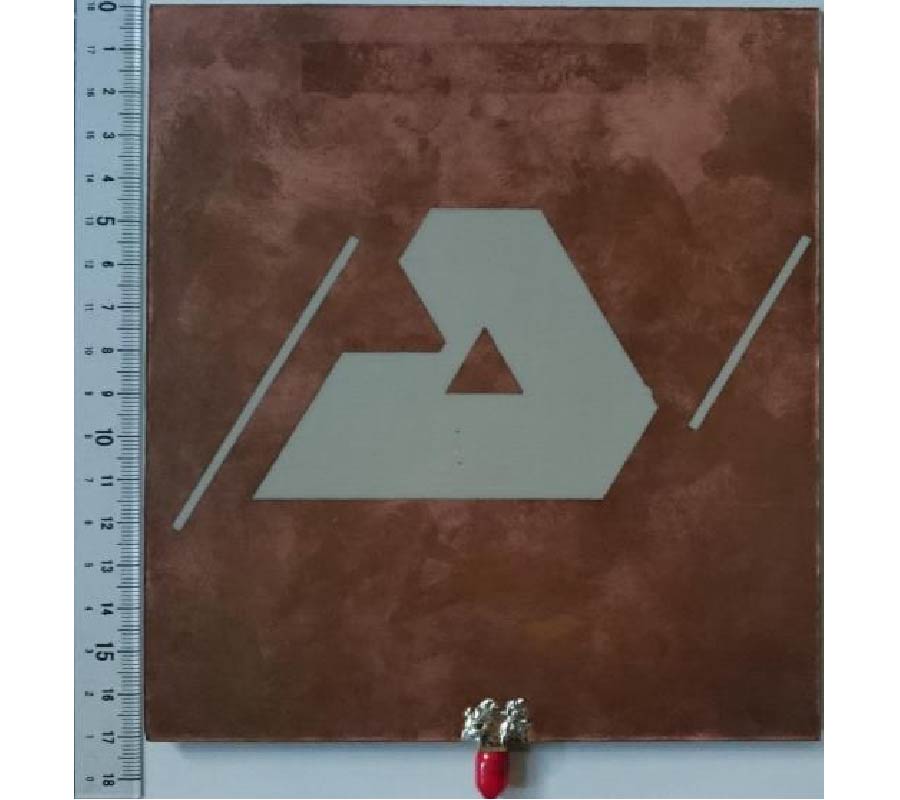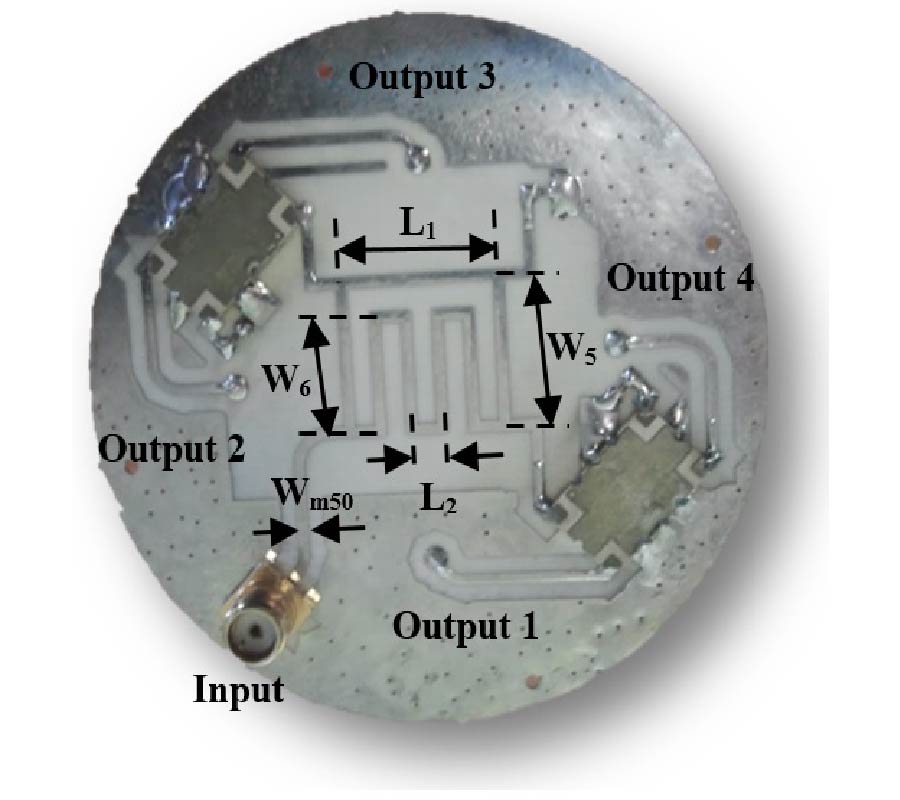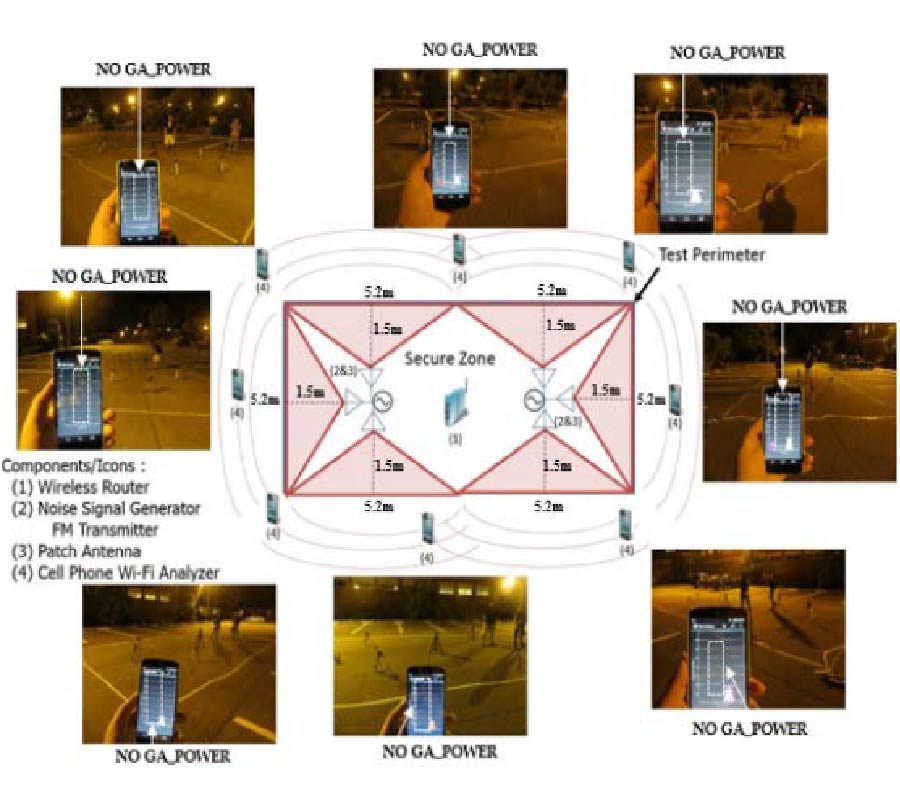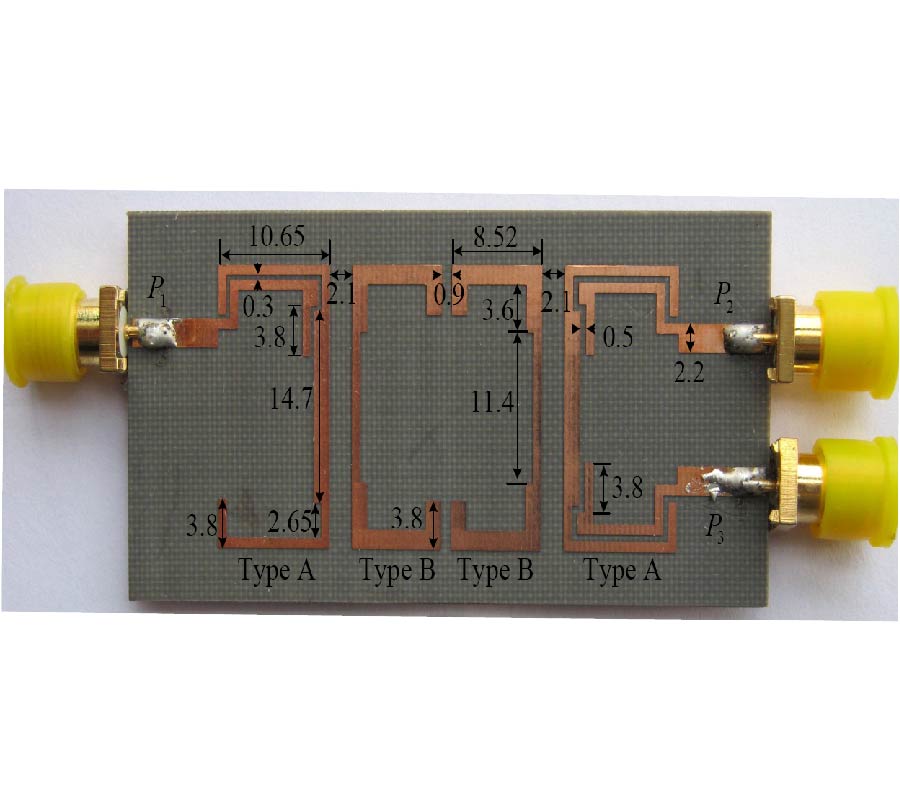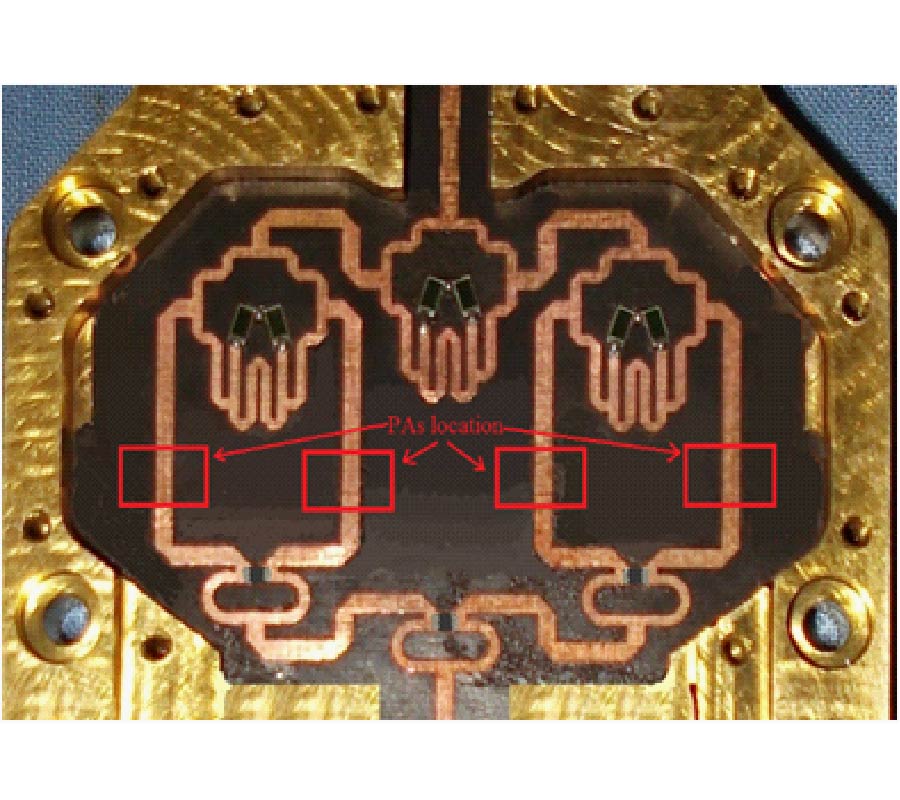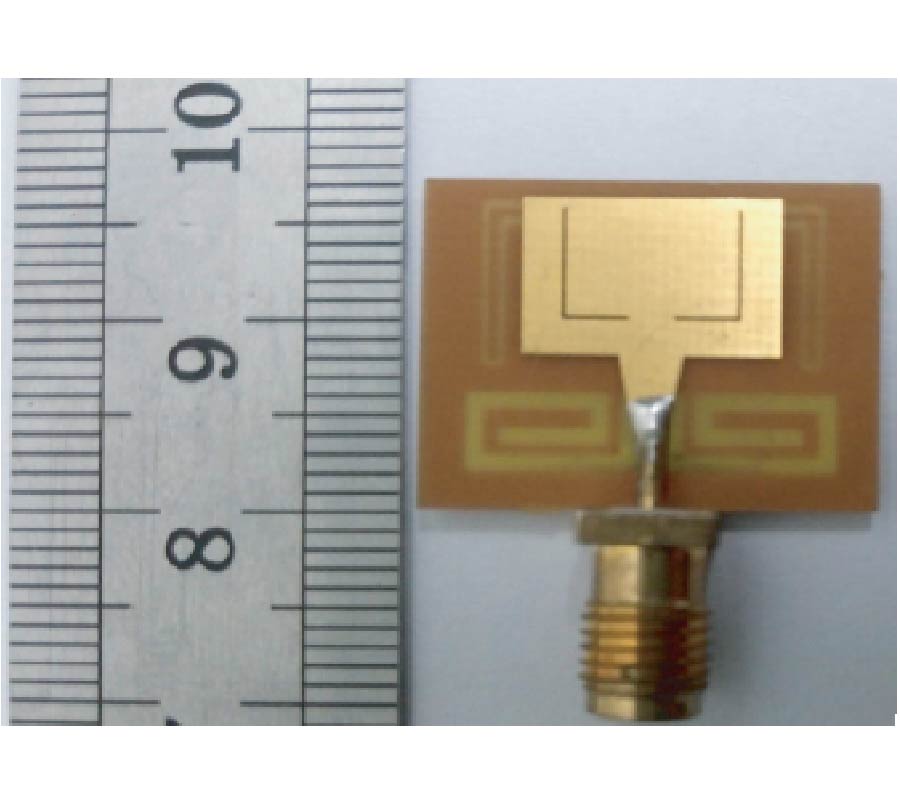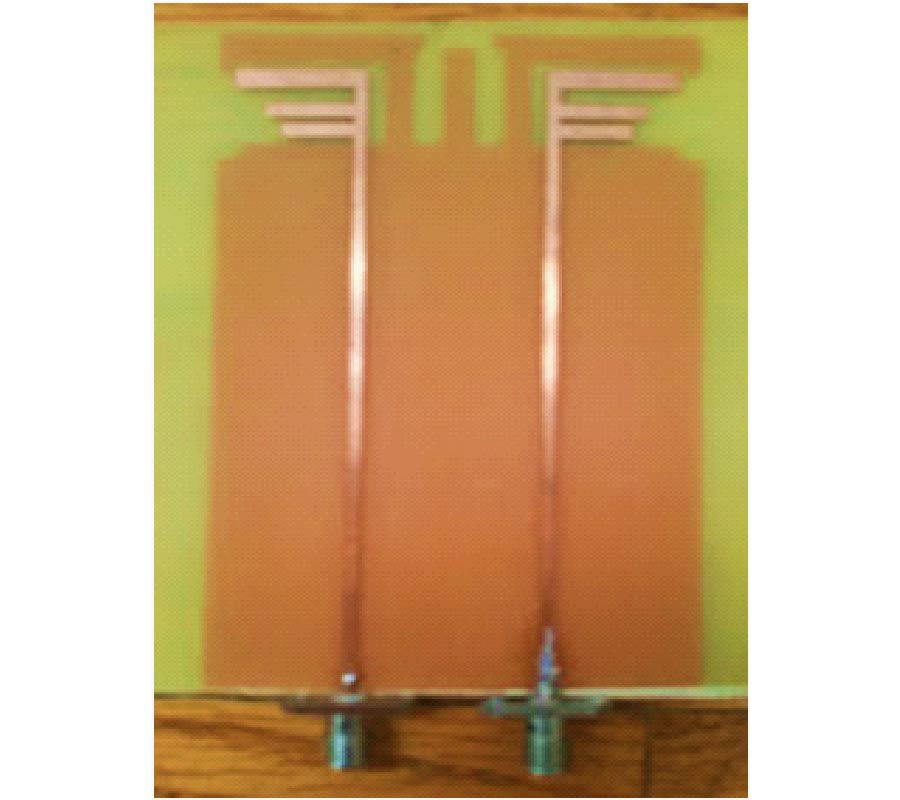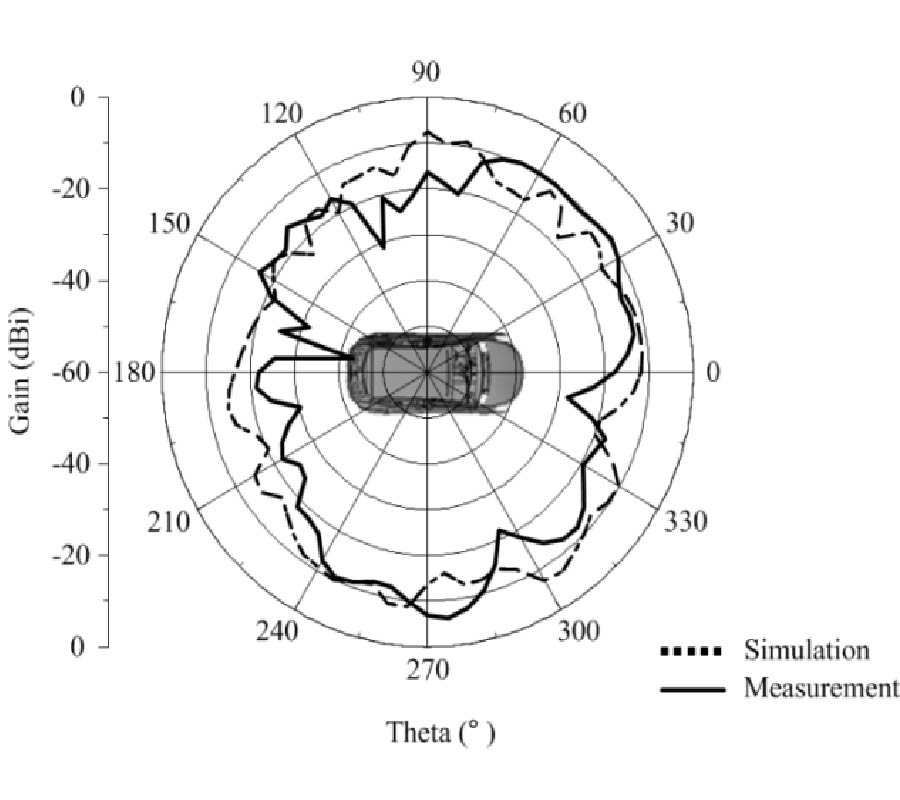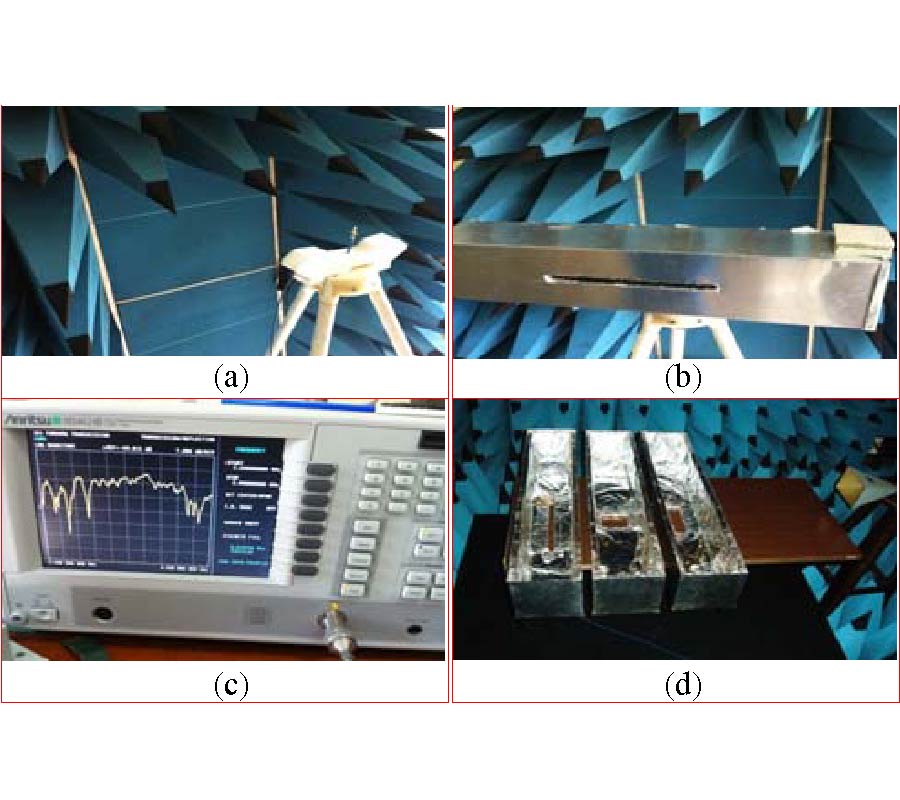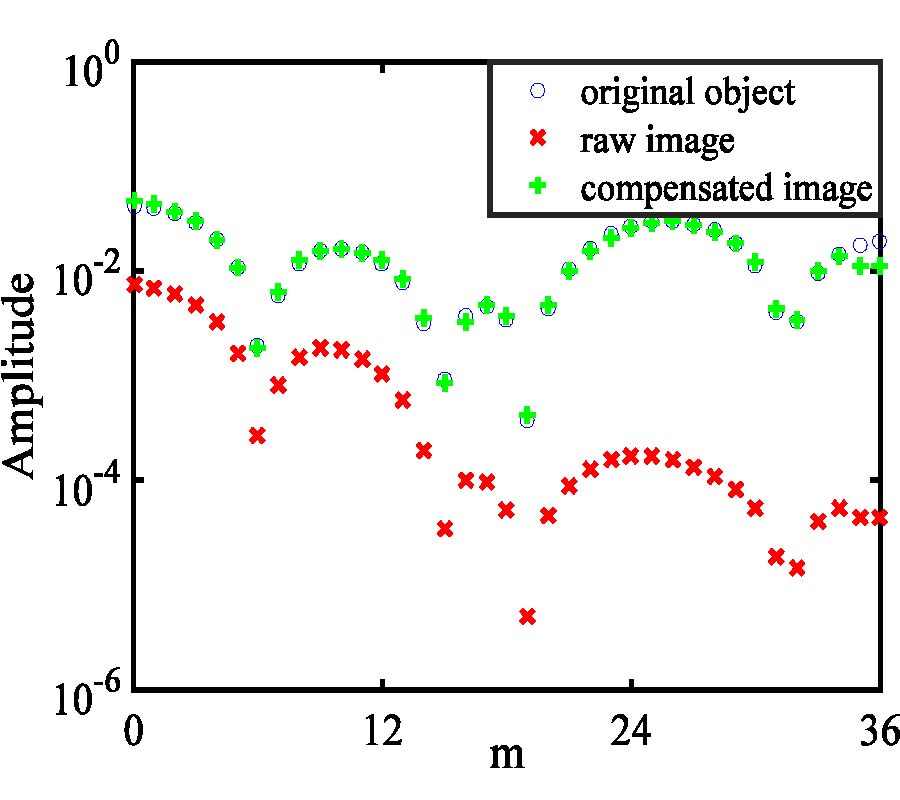MIMO Propagation Measurements in Underground Mine Using Beamforming Butler Matrix Networks
Mohamad Ghaddar,
Mourad Nedil,
Larbi Talbi and
Ismail Ben Mabrouk
The advantages of integrating beamforming Butler matrix in 4×4 Multiple-Input Multiple-Output (MIMO) systems for underground mine wireless communications in the 2.4 GHz band are investigated. To satisfy both line-of-sight (LOS) and non-line-of-sight (NLOS) conditions, two separate measurement campaigns are performed in a real L-shaped underground mine gallery; the first uses 4-elements beamforming conformal microstrip patch arrays (CMPA), while the second uses 4-elements beamforming Butler Network (BN-MIMO) by means of connecting a planar microstrip patch array to a Butler matrix. Due to its high radiation efficiency, the latter shows further performance for enhancing the channel propagation characteristics, and thus, for reducing the average path loss by about (2.2 dB, 5.1 dB) under (LOS, NLOS) conditions, respectively. Similarly, a reduction of (0.67 ns, 3.7 ns) in the RMS delay spread has been achieved to result in an additional gain of (4.6 MHz, 0.82 MHz) in the channel's coherence bandwidth. Furthermore, the orthogonal property of BN array radiation beams has led to a suppression of about (6%, 11%) in inter-subchannels correlations to boost (1.1 bit/s/Hz, 4.35 bit/s/Hz) in the channel capacity.
